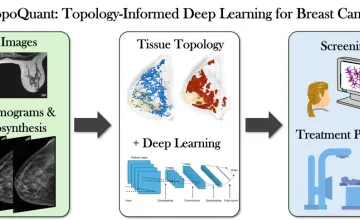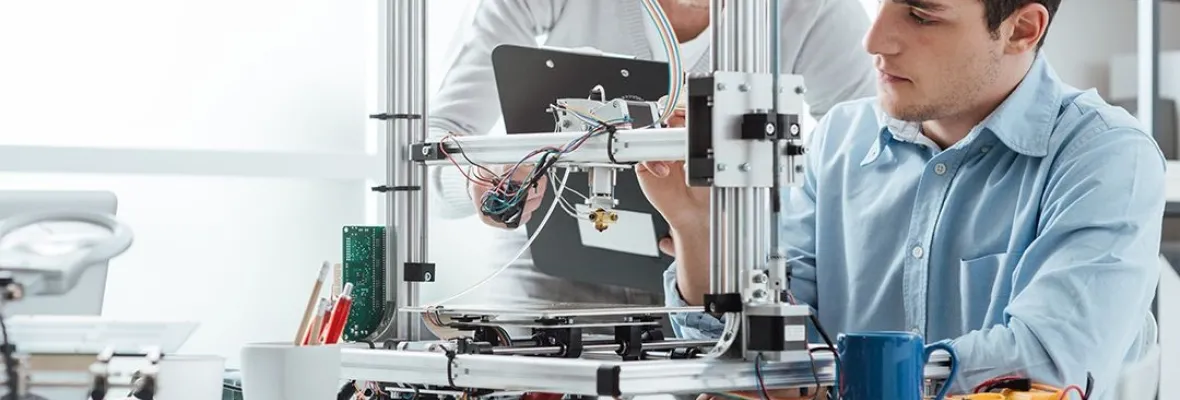AAU universities conduct a majority of the federally funded university research that contributes to our economic competitiveness, health and well-being, and national security. AAU universities are growing our economy through invention and innovation while preparing the next generation of scientists and engineers for global leadership. By moving research into the marketplace AAU universities are helping to create jobs, and provide society with new medicines and technologies.

UMD geologists uncovered evidence of a section of seafloor that sank into the Earth's mantle when dinosaurs roamed the Earth; it's located off the west coast of South America in a zone known as the East Pacific Rise.

Novel research supported by NCI could lead to more specific predictive disease models

A new University of Kansas study reveals parents seeking health care information for their children trust AI more than health care professionals when the author is unknown, and parents rate AI generated text as credible, moral and trustworthy.

Hypertension and amyloid plaques can separately cause dementia. Having both increases a person’s odds of developing cognitive decline, a new study finds
Explore More: University Research
You can filter stories by the university.
Rice University scientists who introduced laser-induced graphene (LIG) have enhanced their technique to produce what may become a new class of edible electronics.
Vitamin D deficiency in pregnant women could preprogram babies to grow into obese children and adults, according to a Keck School of Medicine of USC-led study.
MIT researchers have developed a new chip that reduces neural networks’ power consumption by up to 95 percent, making them practical for battery-powered devices.
Teens are sharing content on Facebook and Instagram based on what they think their friends or peers would approve of or find impressive, researchers say.
A drug-carrying microsphere within a cell-bearing microcapsule could be the key to transplanting insulin-secreting pig pancreas cells into human patients whose own cells have been destroyed by type I diabetes.
